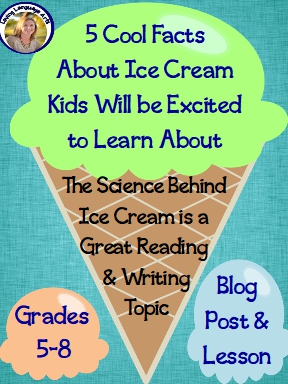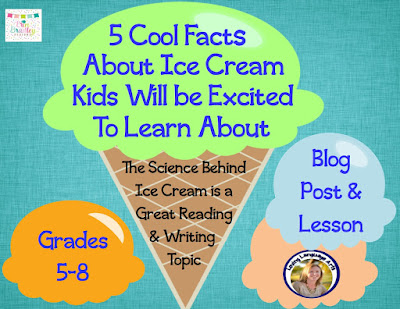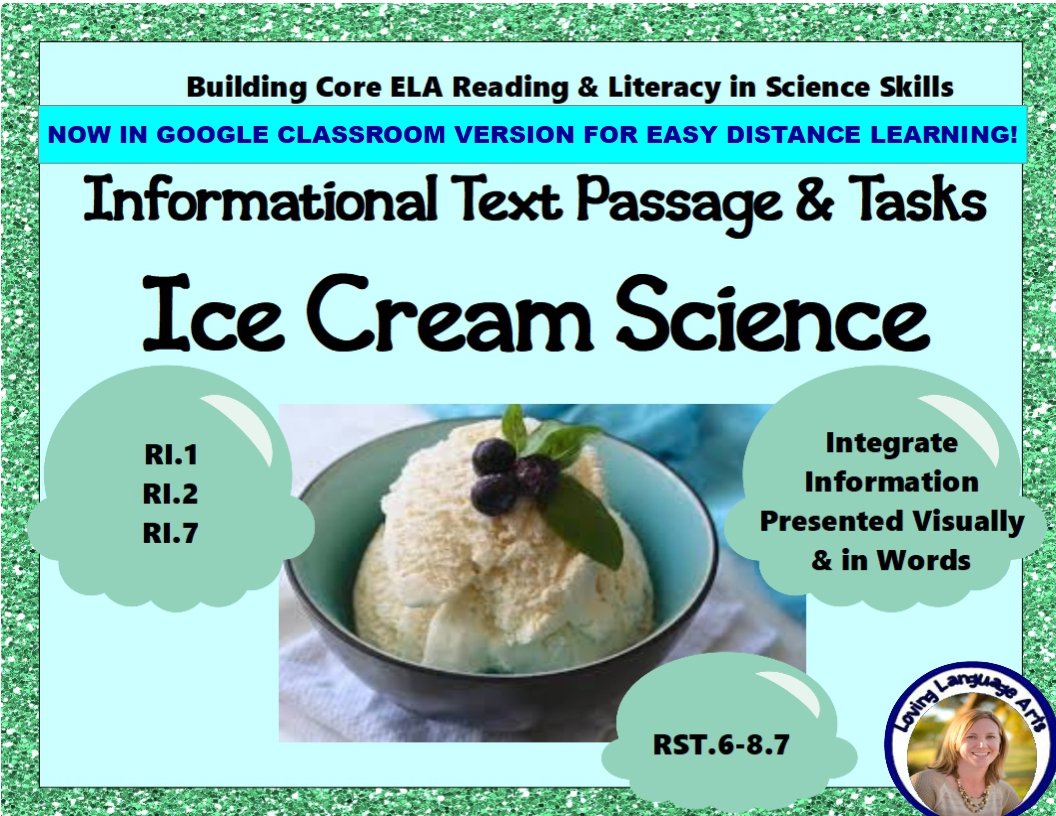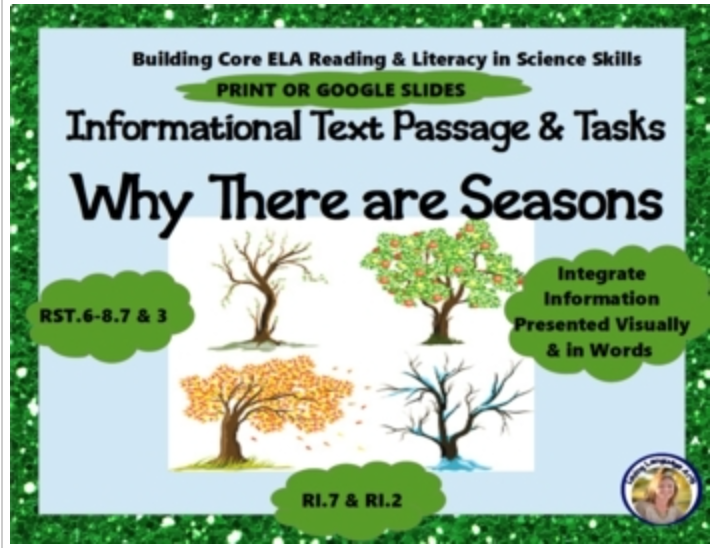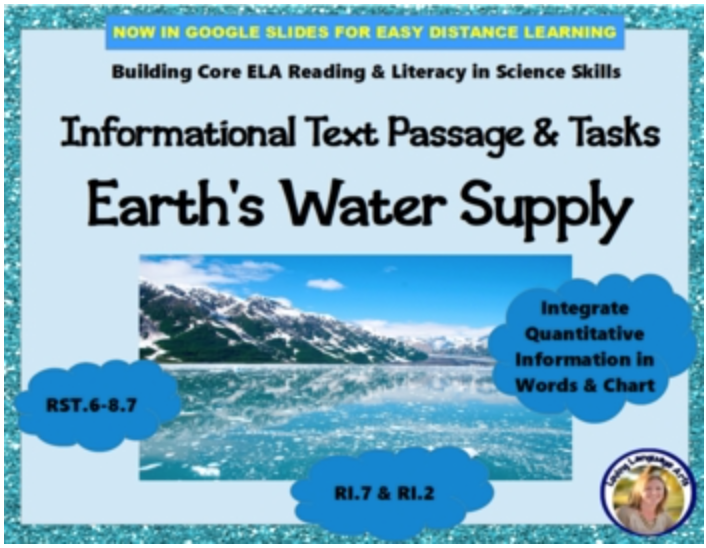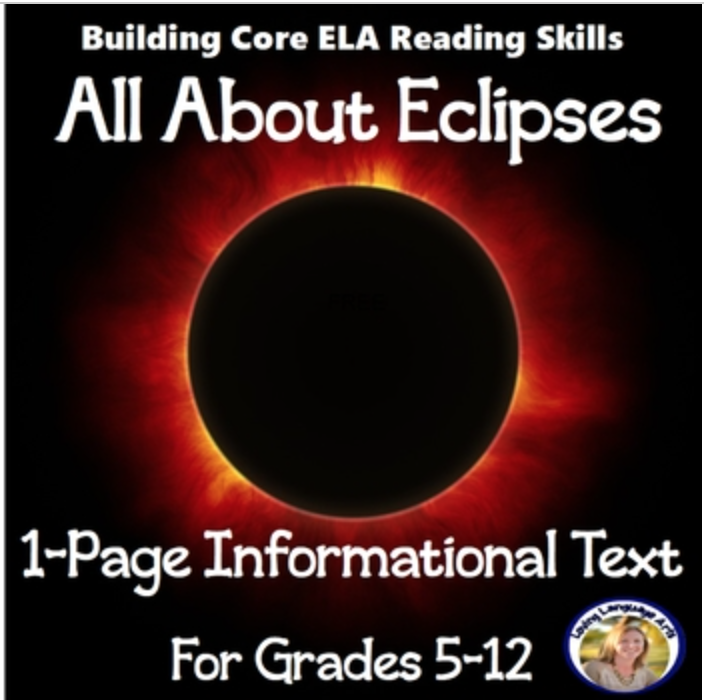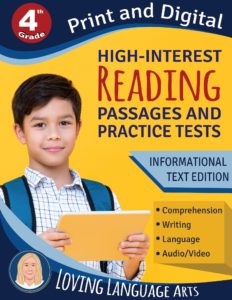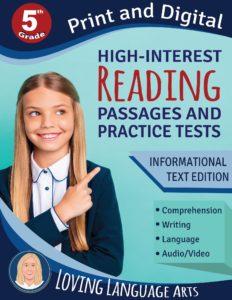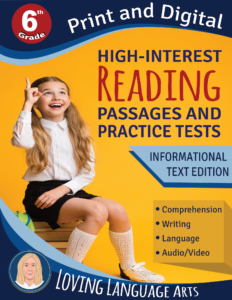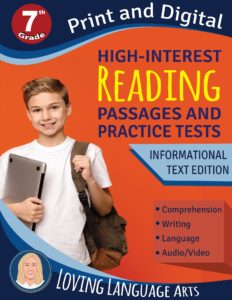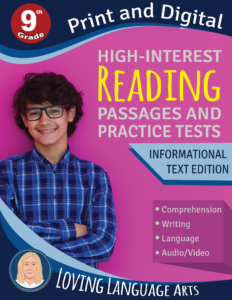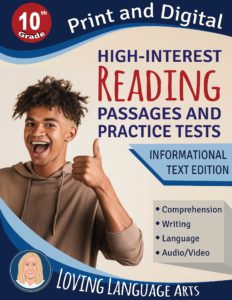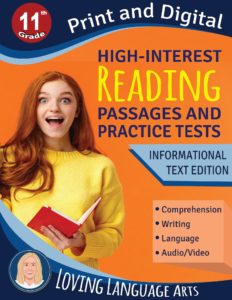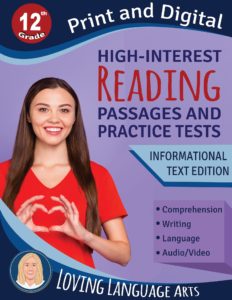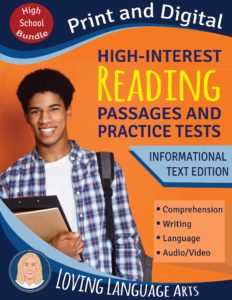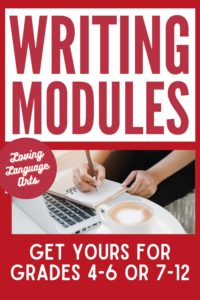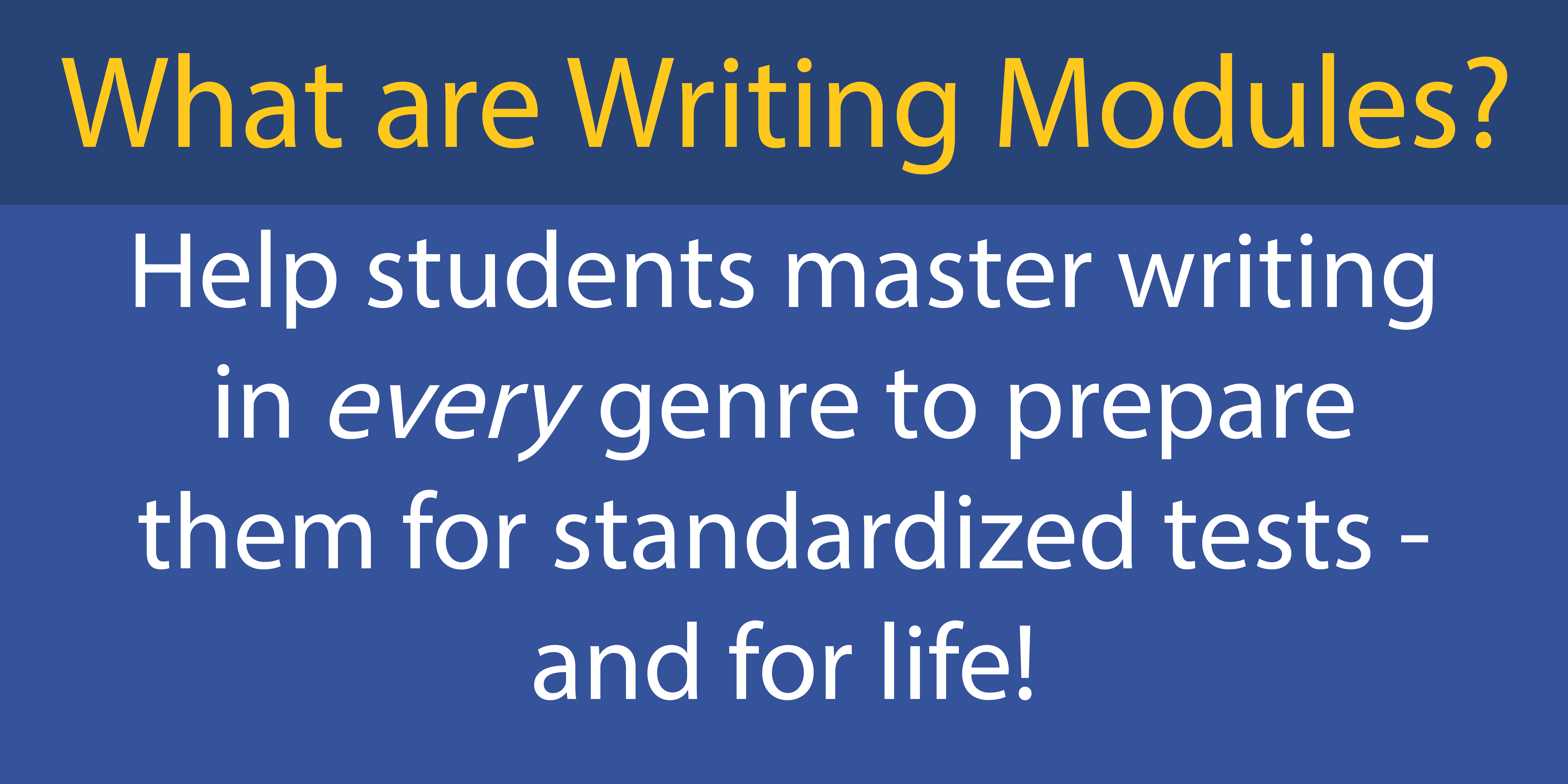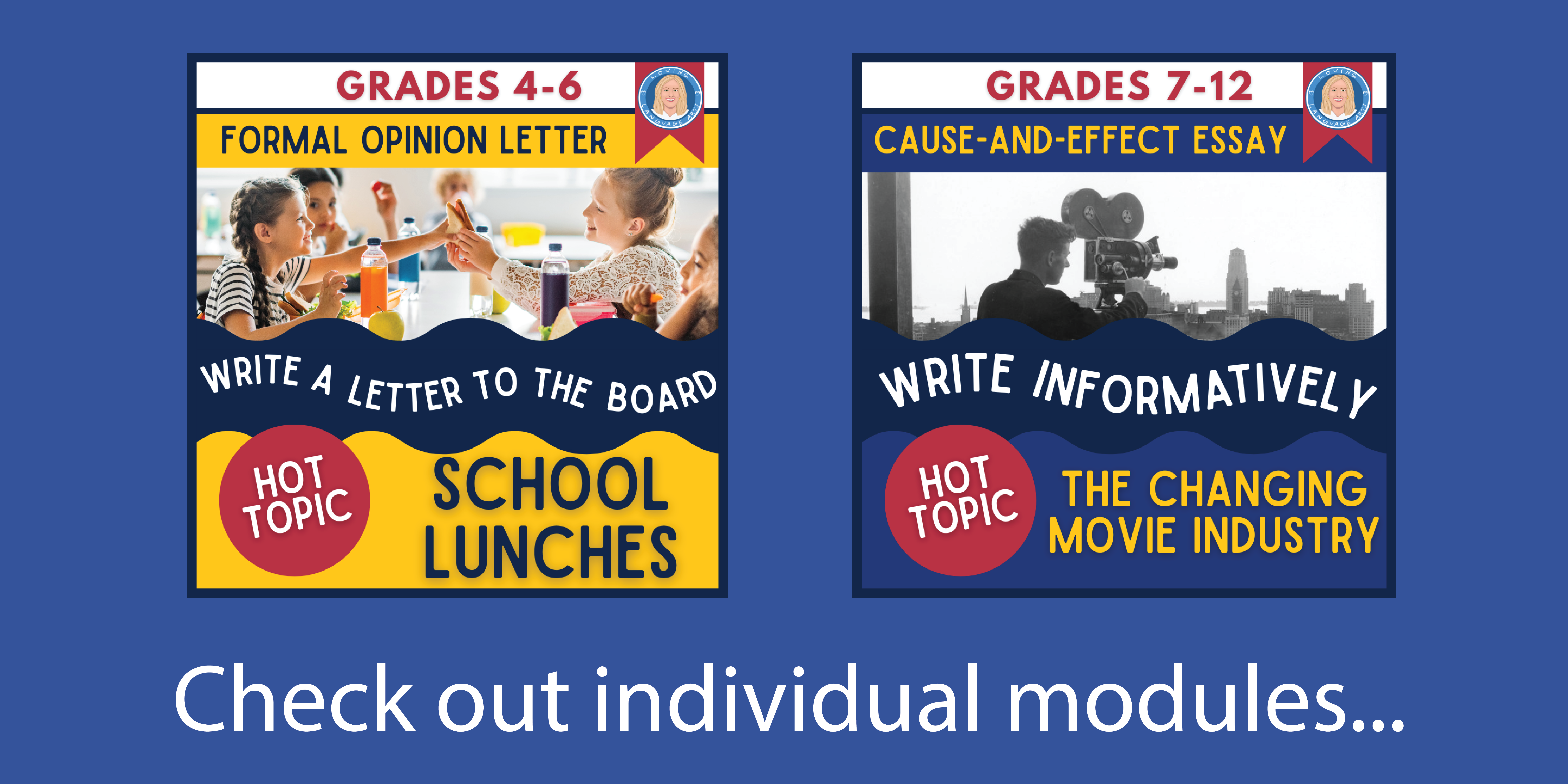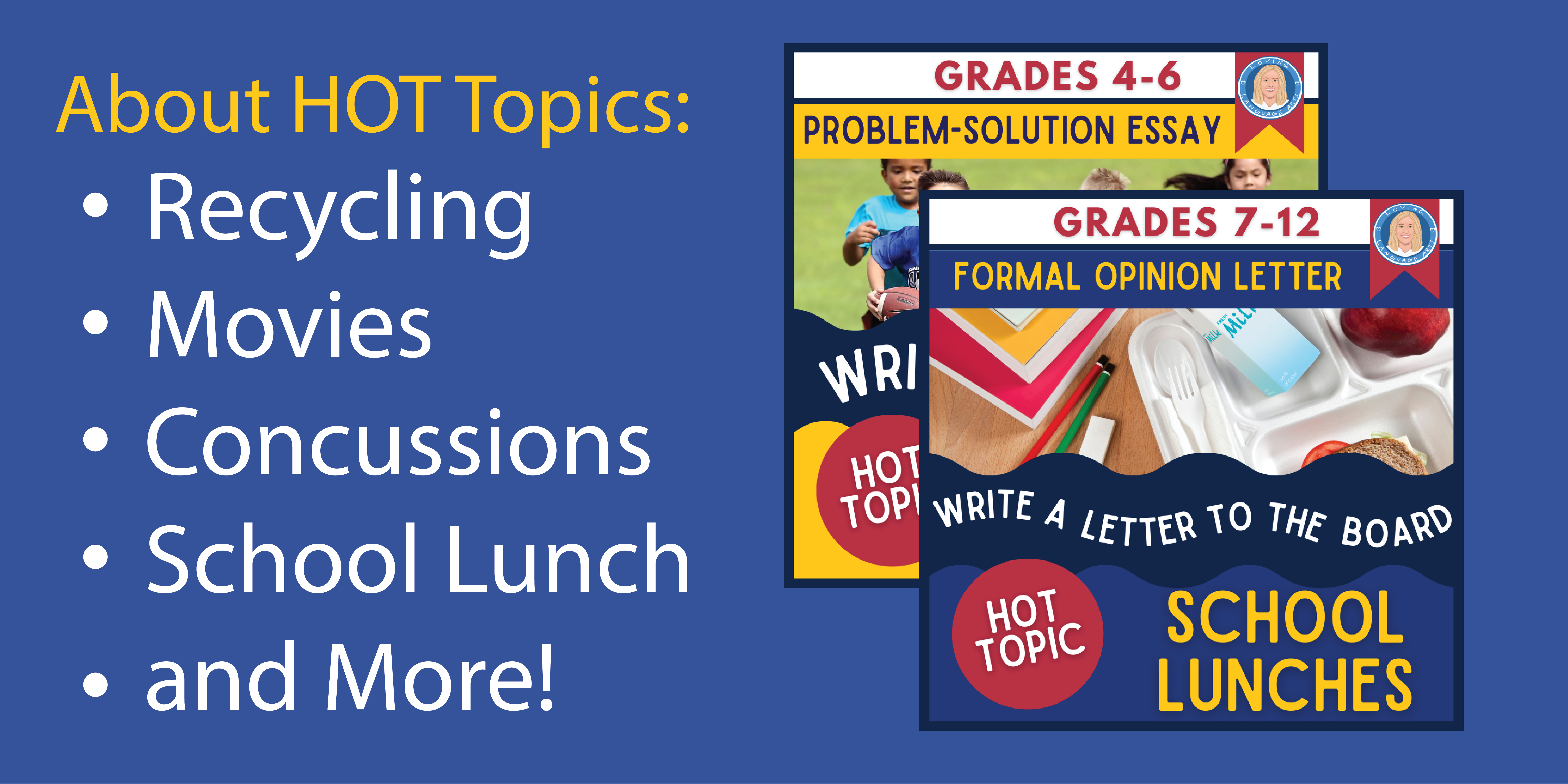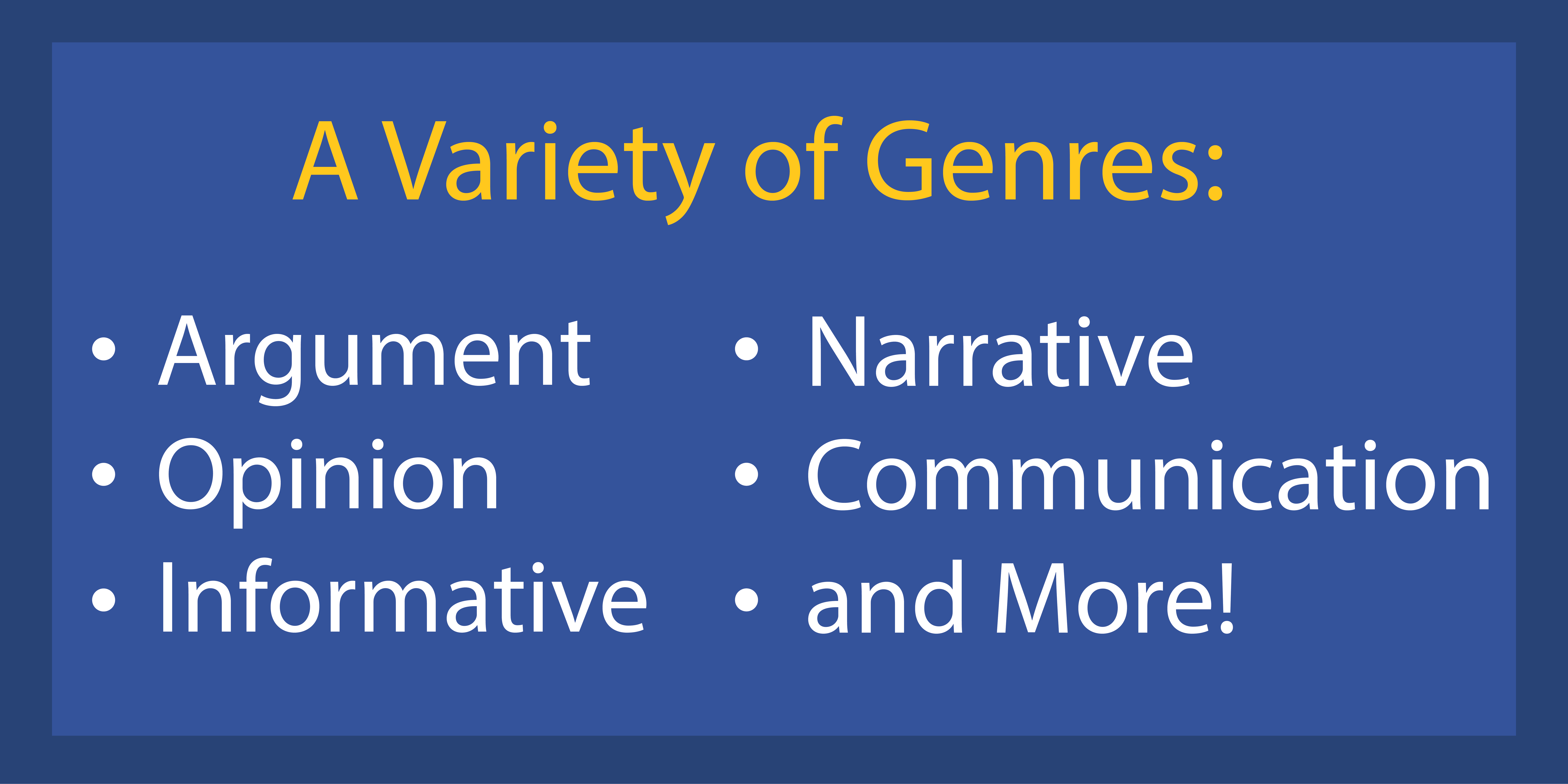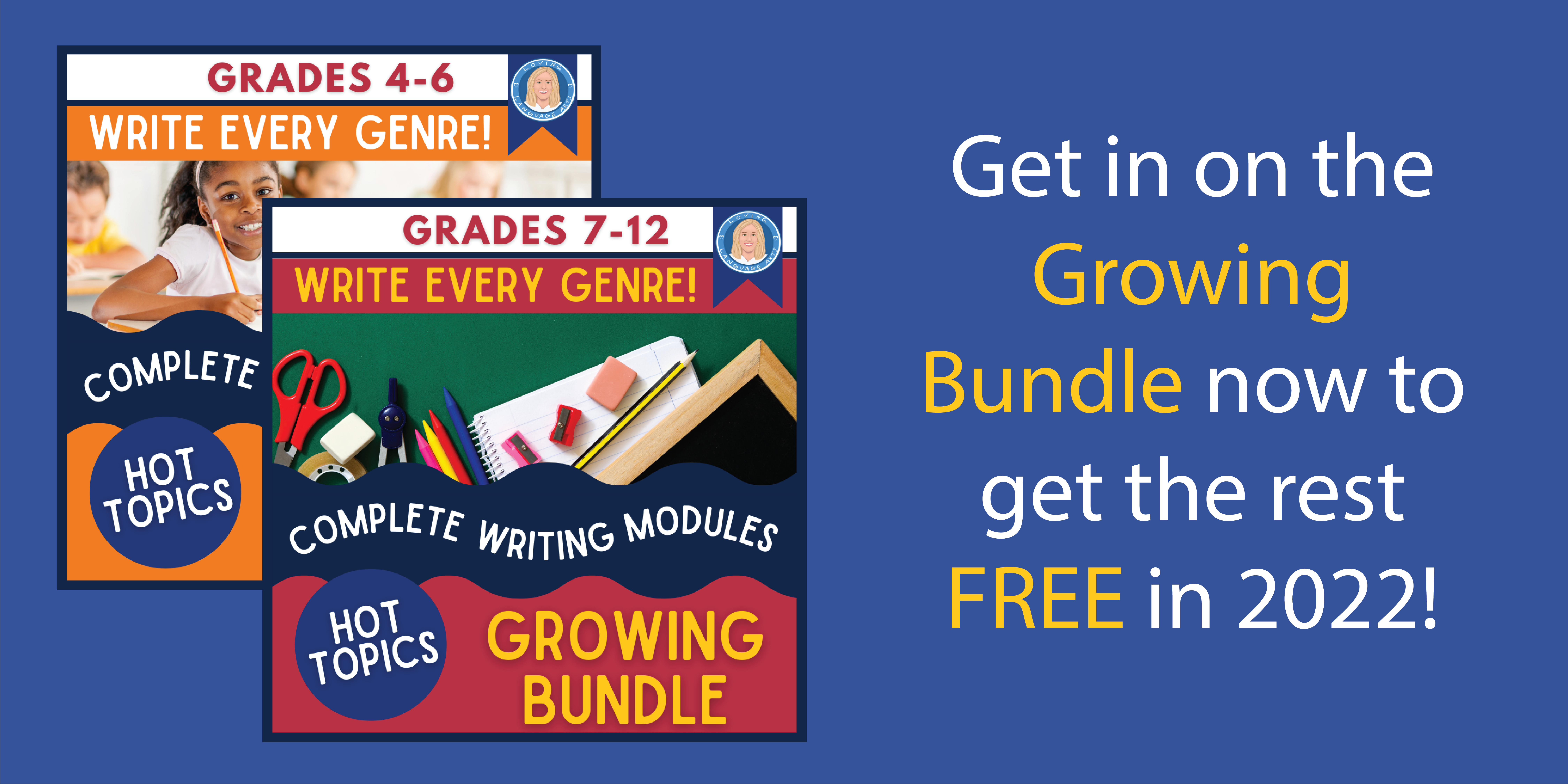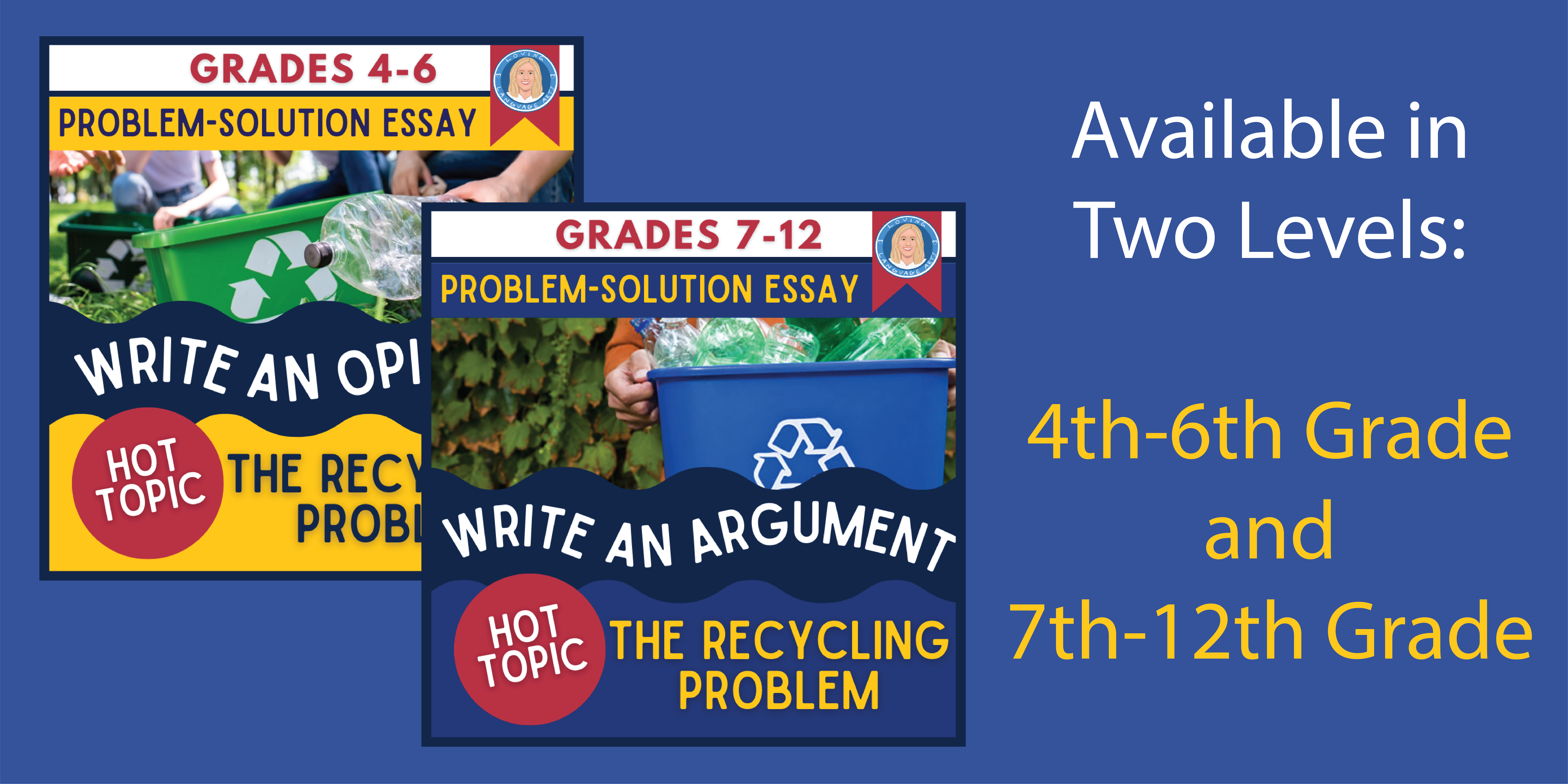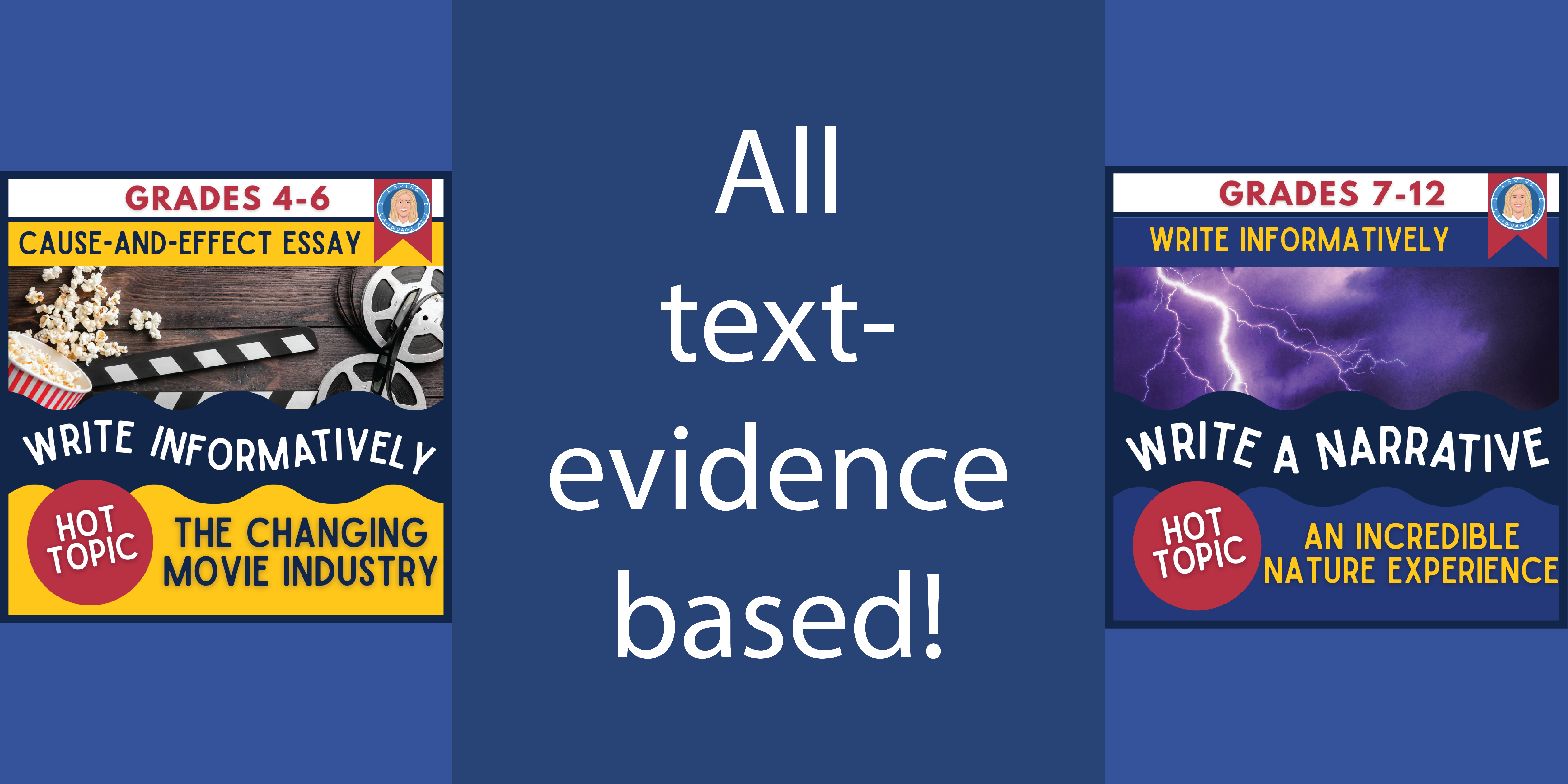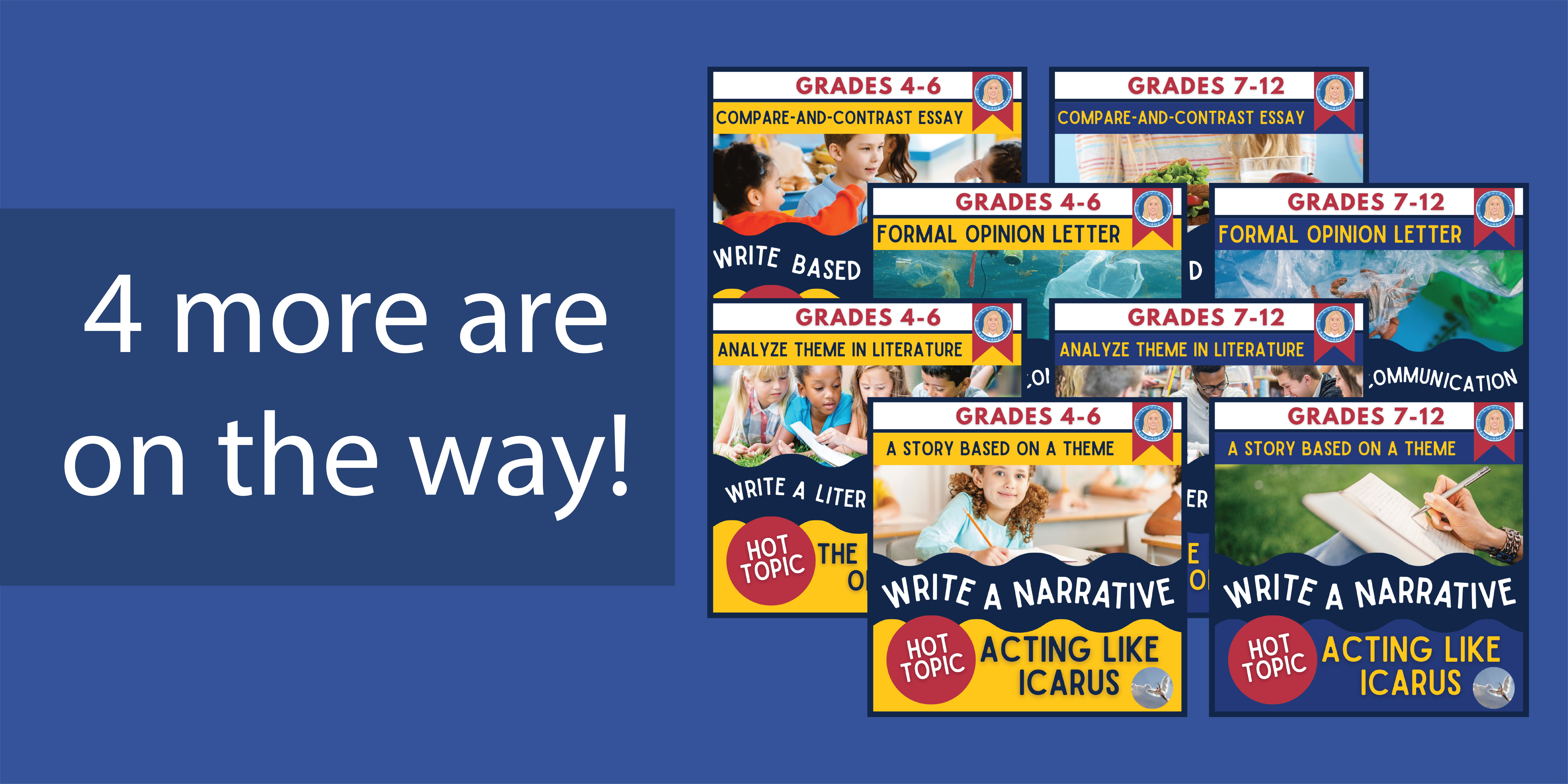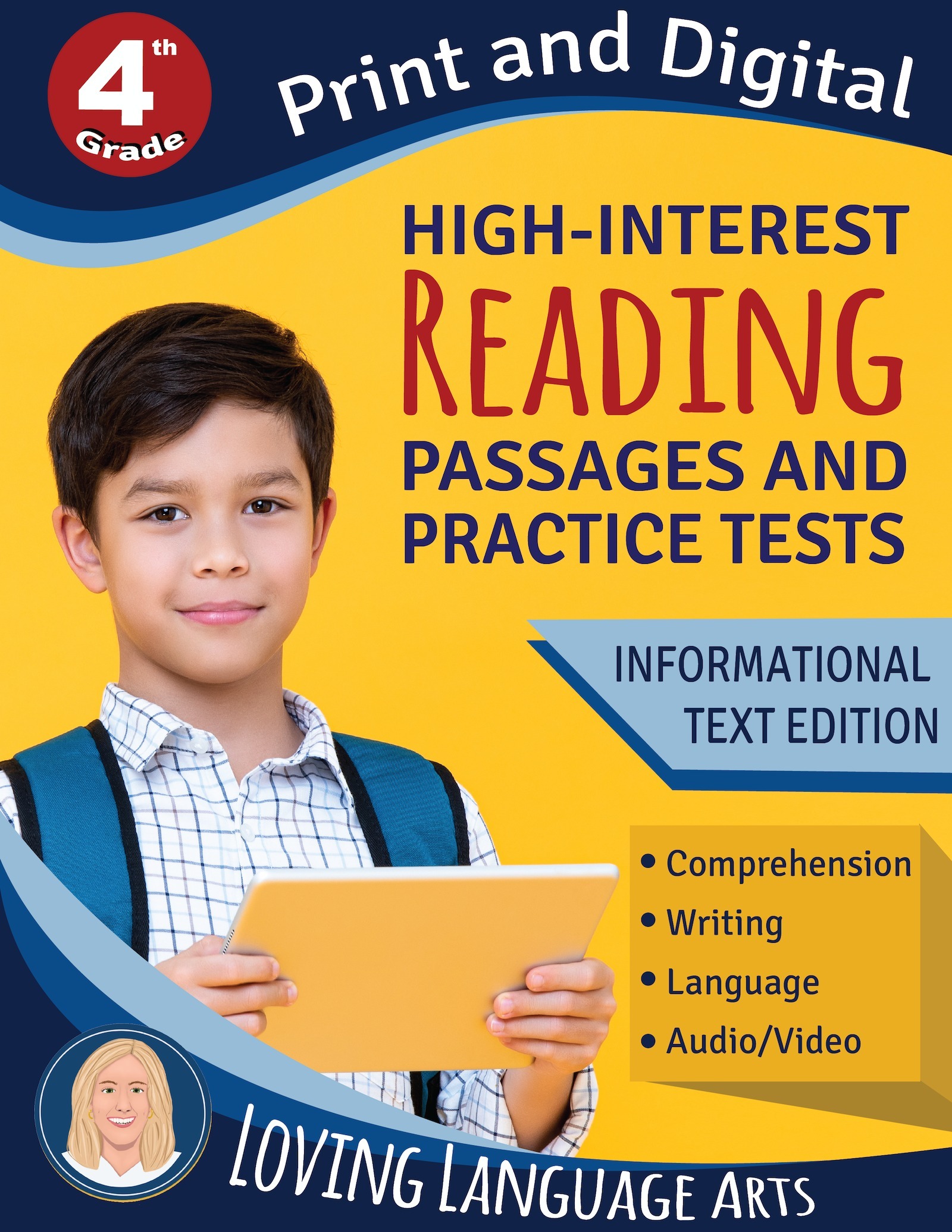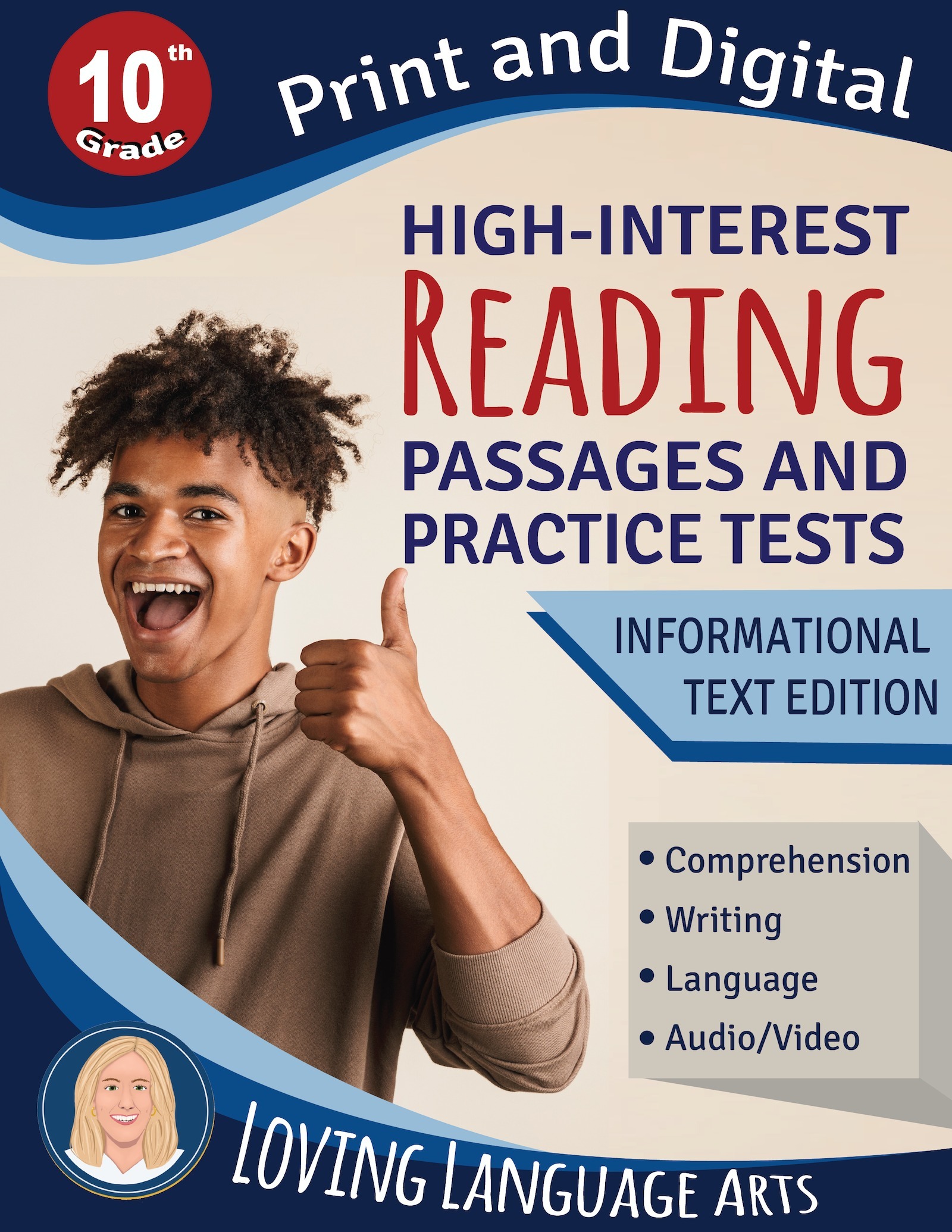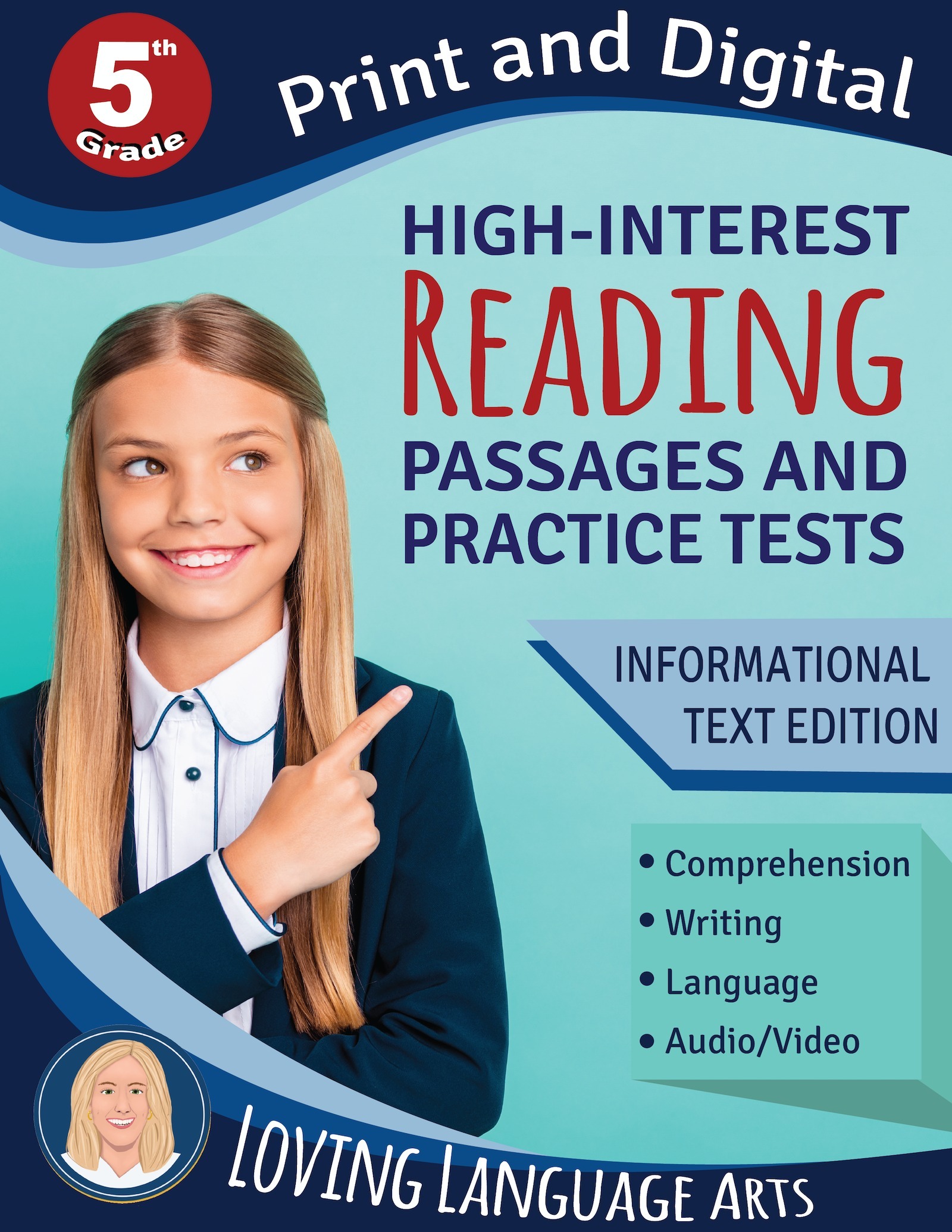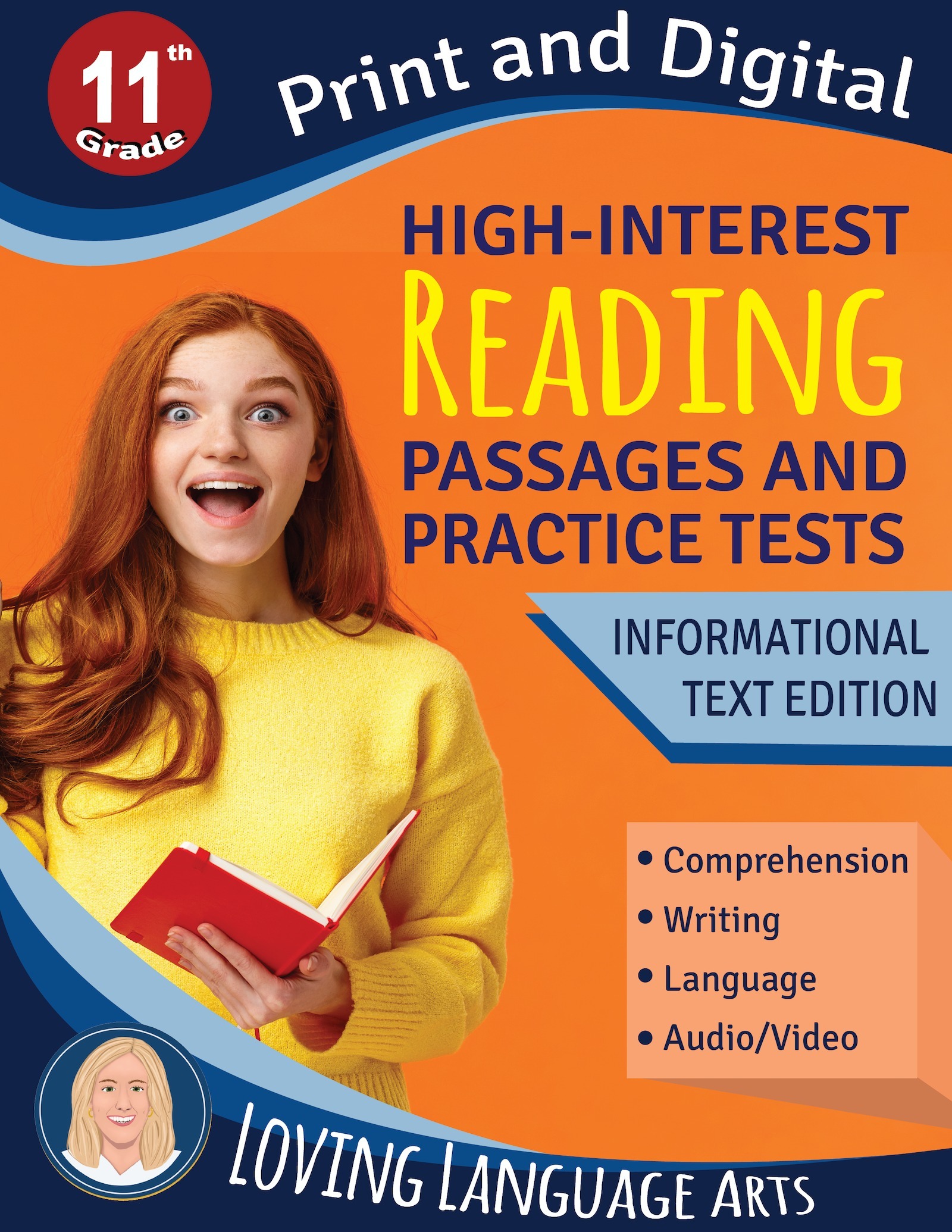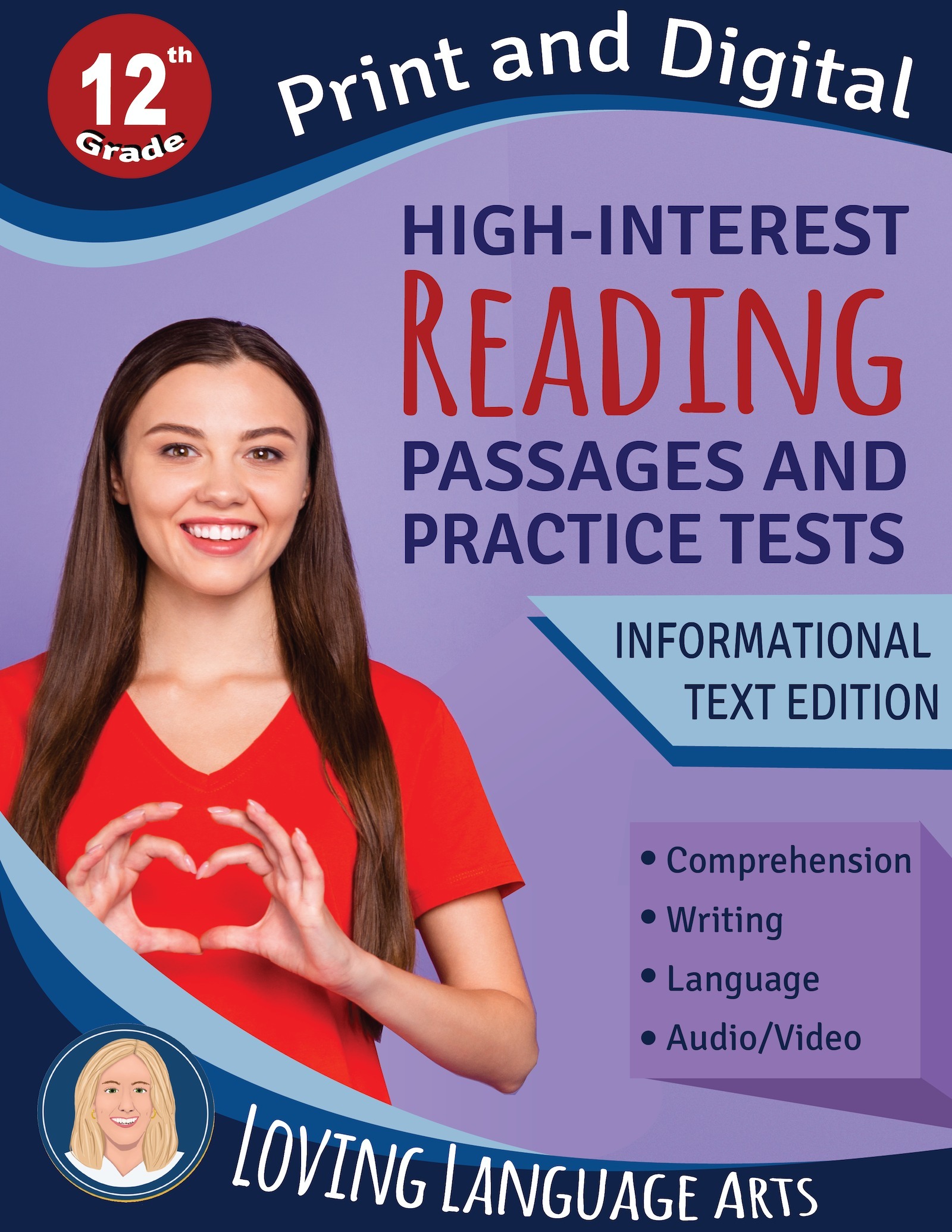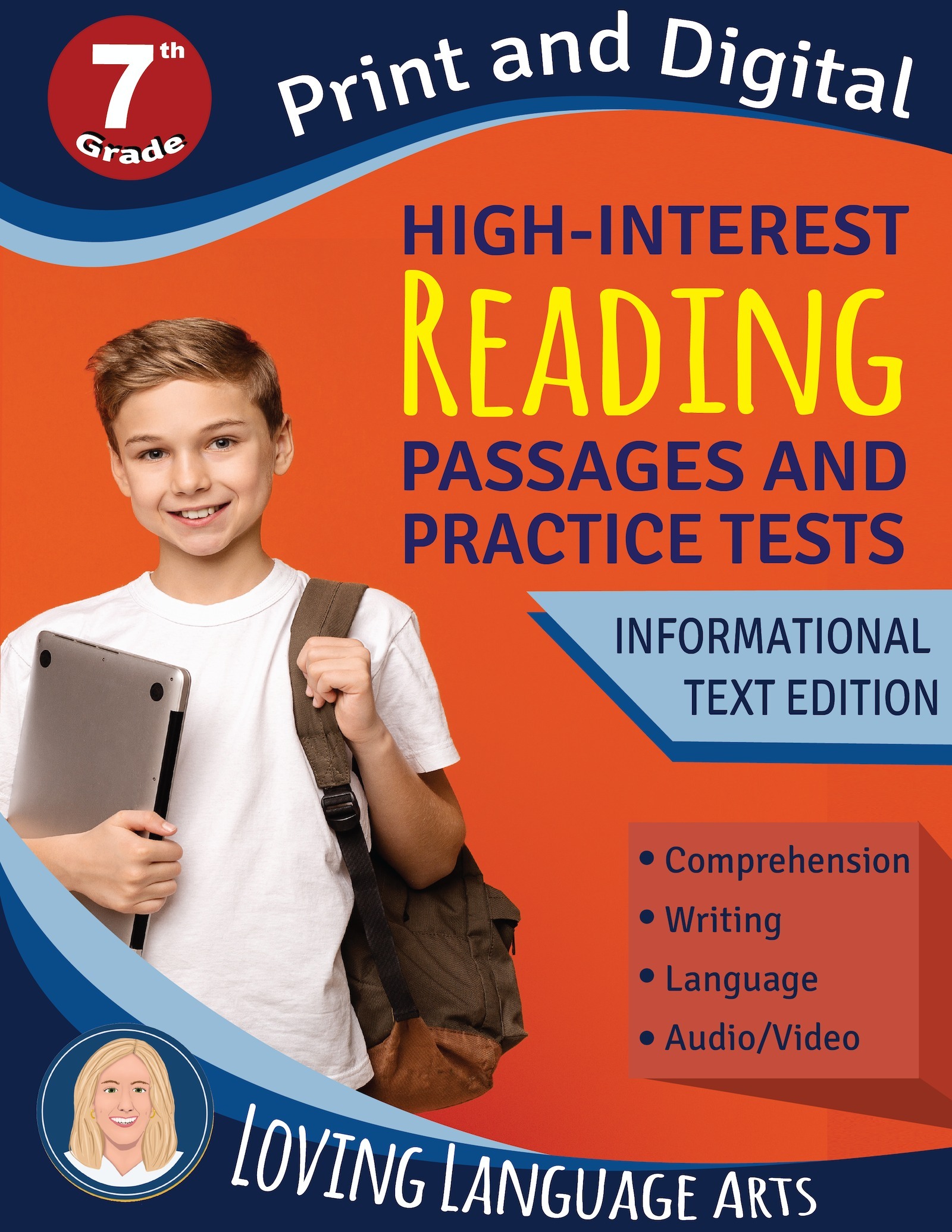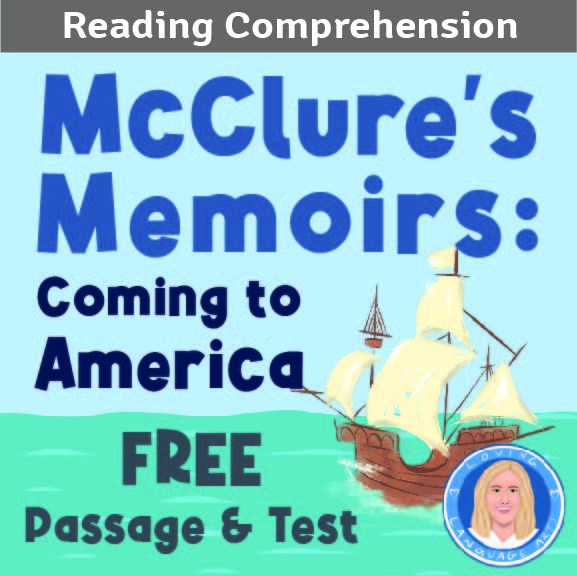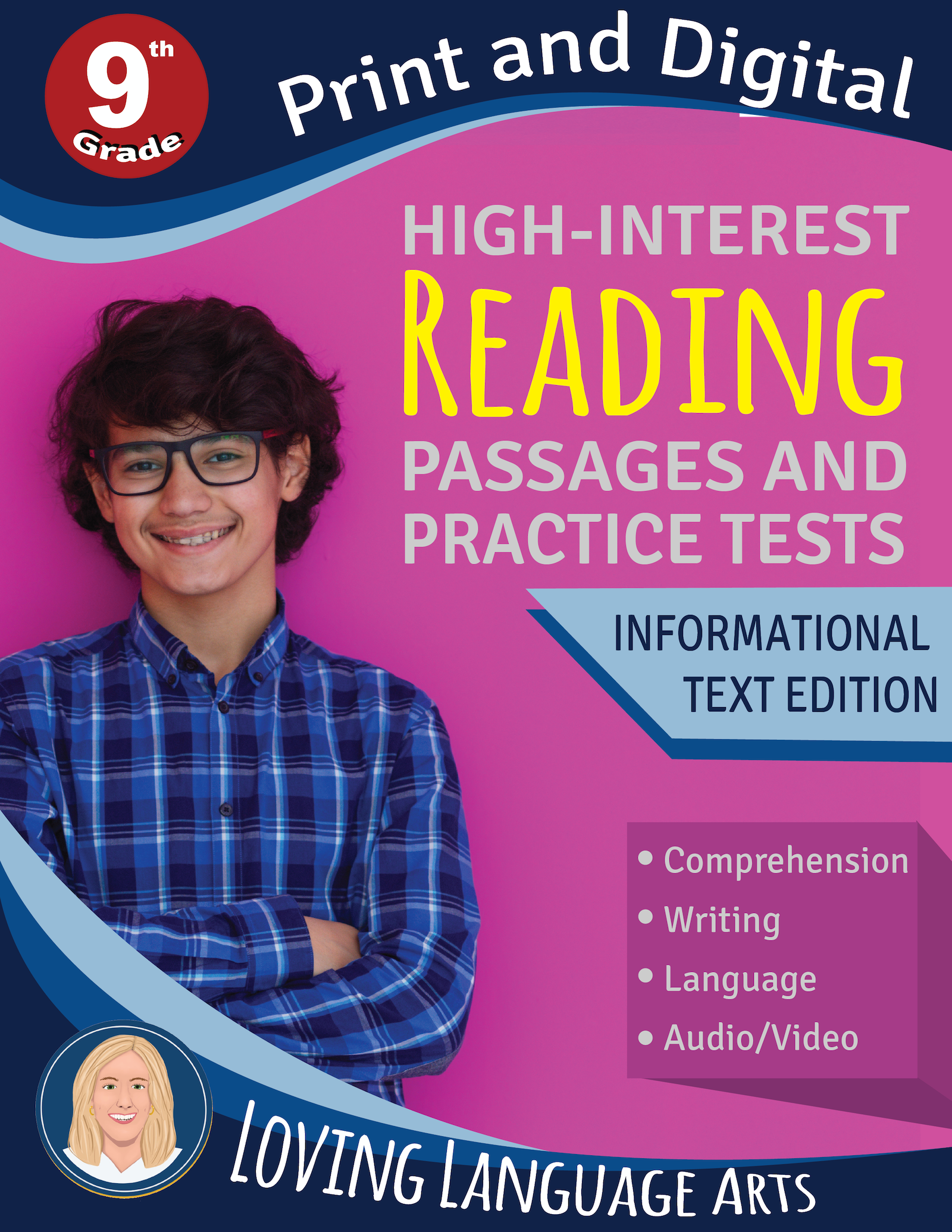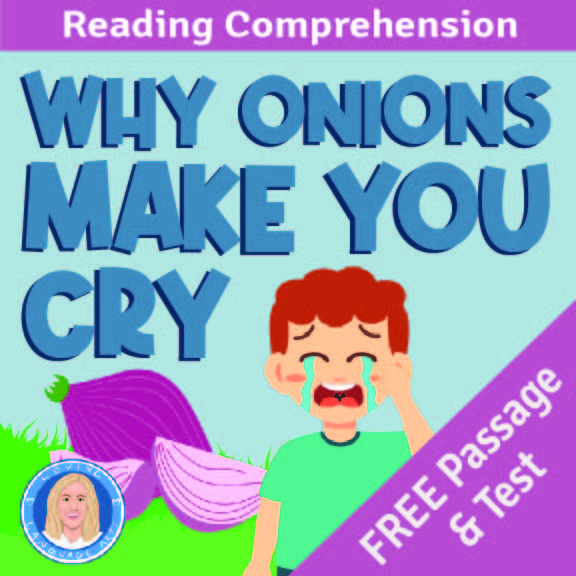5 Cool Facts About Ice Cream
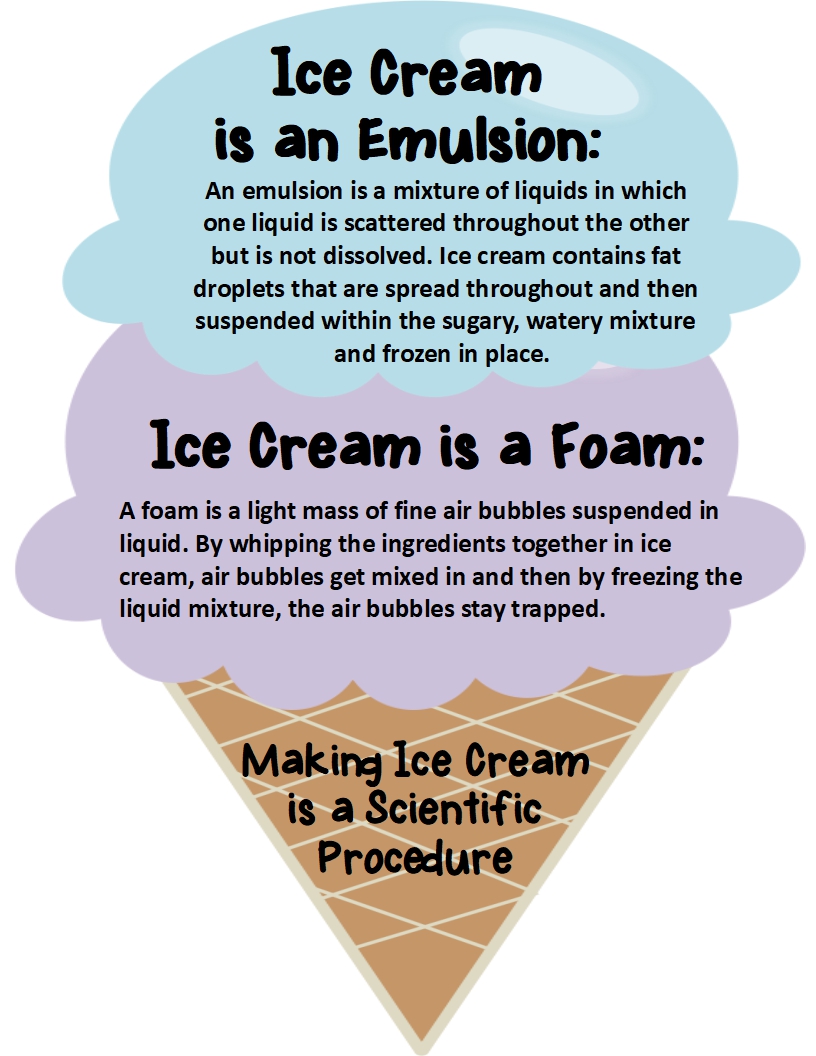
But wait, there’s more!
In my FUN-YET-EDUCATIONAL (AND CURRENTLY FREE) reading informational text and tasks lesson gets students to meet several standards for Literacy in Science & Technical Subjects and Writing, plus they have fun learning all about the science behind ice cream and the procedure for making their own ice cream.
In addition to summarizing central ideas, writing to explain the scientific procedure of how ice cream is made, writing a narrative about an ice cream incident, learning scientific vocabulary, citing evidence, getting the recipe for homemade ice cream in a baggie, and even doing a fun Mad Lib activity about ice cream, students fill out a graphic organizer like this in the free lesson:
You might also like these FREE items in the series. They all align to CCRA.R.7 and RST.6-8.7, which requires students to integrate quantitative or technical information presented in diverse media and formats, including visually (such as simulations, diagrams, videos, infographics) and quantitatively (such as tables, graphs, models, diagrams).
And, check out this COOL and FREE logic puzzle! It takes about 15 minutes of critical thinking, so it would be a good bellringer or free-time activity in any subject. For grades 4-9 more or less.
You Know What Else Kids Love?
These workbooks! I made the articles super interesting to kids by writing about things that interest them! AND IT WORKED! I keep hearing from teachers how kids get so into these texts that they actually WANT to answer the questions!
Click below for FREE ELA PRACTICE TESTS – each targeting specific reading, writing, language, and speaking/listening/viewing standards.
Check out these GRADE-SPECIFIC test prep books with practice tests that target EVERY GRADE-SPECIFIC READING INFORMATIONAL TEXT STANDARD, one by one. An added bonus is that students LOVE the texts! In Easy-Print or Self-Grading Online Versions.
The 6th Grade Practice Tests Test Prep Workbook “is a high quality, beautifully-aligned resource. It is no-frills, to the point, yet high-interest for students. It is helping us prepare for standardized testing in a hybrid, synchronous, difficult year.”
How about save this pin to your “Literacy in Science” or “Creative ELA” Board so that you can come back to this post again?
